In a groundbreaking achievement, Project “The Cure” has reached its successful completion, receiving perfect scores in its final evaluation and demonstrating remarkable outcomes in combating Type 2 diabetes through physical activity, specifically cycling.
Project Overview
Launched 2 years ago, Project “The Cure” aimed to address the growing epidemic of Type 2 diabetes by promoting regular physical activity, with a special focus on cycling. The project was designed to encourage individuals diagnosed with Type 2 diabetes to adopt cycling as a regular part of their lifestyle. The key phases of the project included planning, participant recruitment, intervention implementation, and evaluation/dissemination.
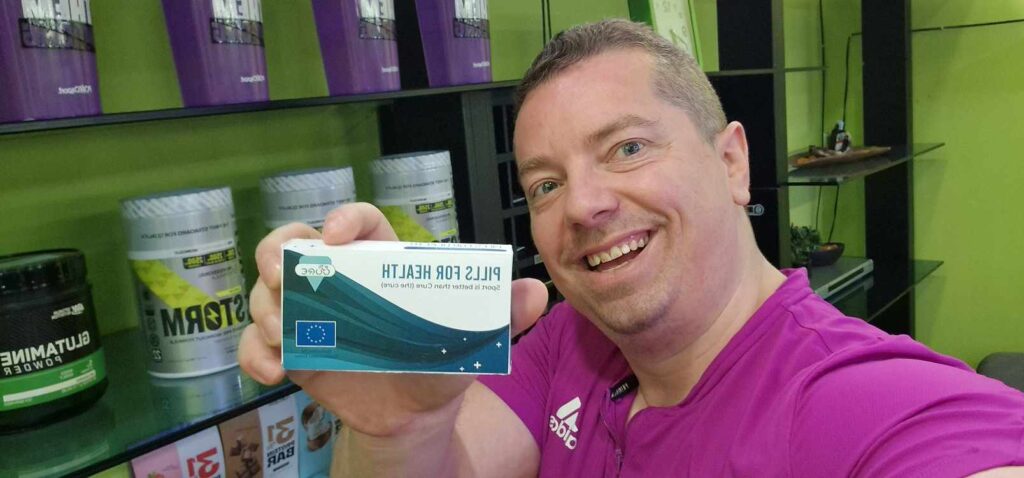
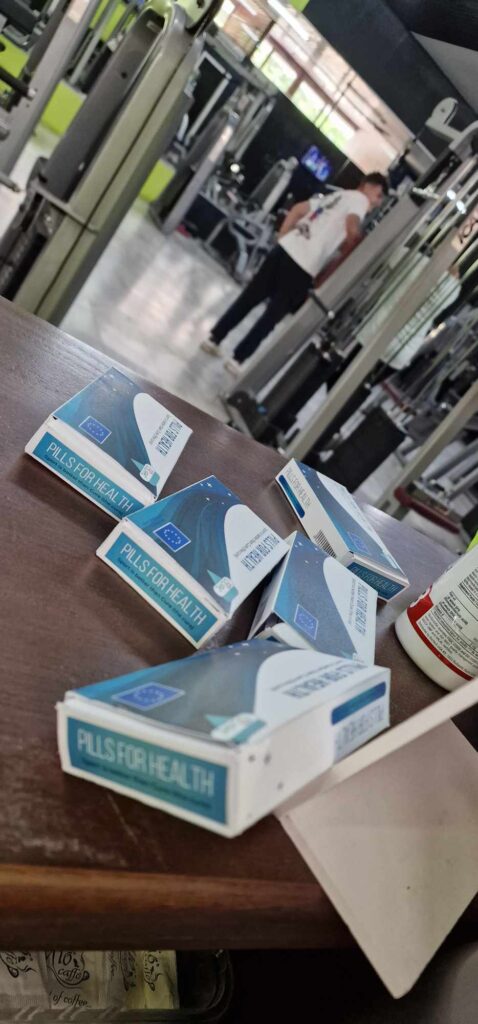
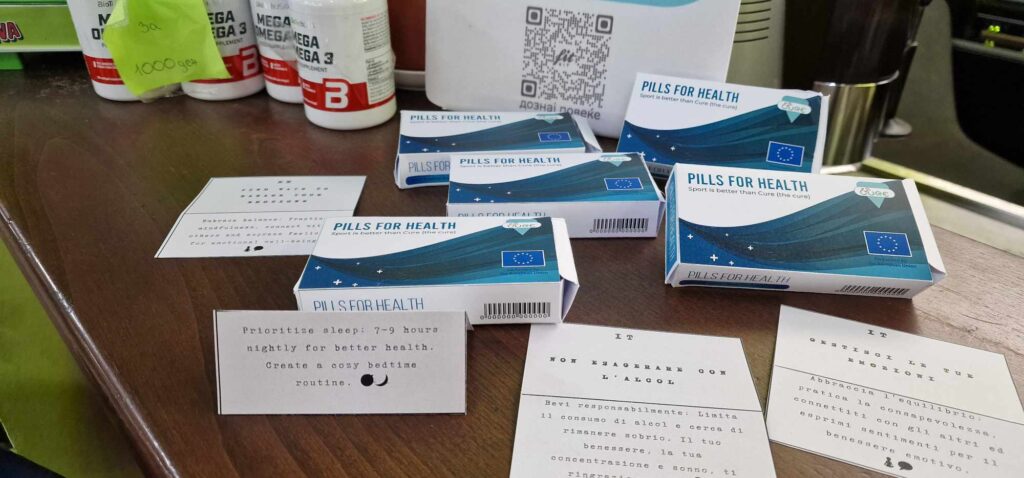
Successful Outcomes and Perfect Evaluation
The final evaluation of Project “The Cure” revealed extraordinary results:
- Health Improvements: Participants showed significant reductions in blood sugar levels and improvements in overall physical fitness. Many reported decreased dependency on medication and enhanced energy levels.
- High Satisfaction: Participant feedback was overwhelmingly positive, with many expressing gratitude for the opportunity and the support provided throughout the project.
- Perfect Scores: The evaluation team awarded Project “The Cure” perfect scores across all parameters (designed by GESEME), highlighting the project’s effectiveness, participant engagement, and impact on health outcomes.
Successful Dissemination
The dissemination phase of Project “The Cure” was equally successful. Key findings and best practices were shared through various channels:
- Publications and Conferences: Research findings were published and printed, Manual structured/published and presented at the international conference in Spain, garnering widespread attention and acclaim.
- Community Programs: The project model/manual was replicated in several communities, expanding its reach and benefiting more individuals.
- Media Coverage: Extensive media coverage helped raise awareness about the benefits of cycling in managing Type 2 diabetes, inspiring many to adopt a more active lifestyle.
- Distribution of the Pills boxes as the end outcome from the project to various stakeholders and relevant institutions.
Project “The Cure” has achieved a significant milestone in its mission to combat Type 2 diabetes through cycling. With the successful completion and perfect evaluation of the project, the final phase involved the distribution of diabetes management kits, including specially designed pill boxes, to various stakeholders and relevant institutions. As part of the project’s outcomes, diabetes management kits (Manual/ Pills Boxes) were prepared for distribution.
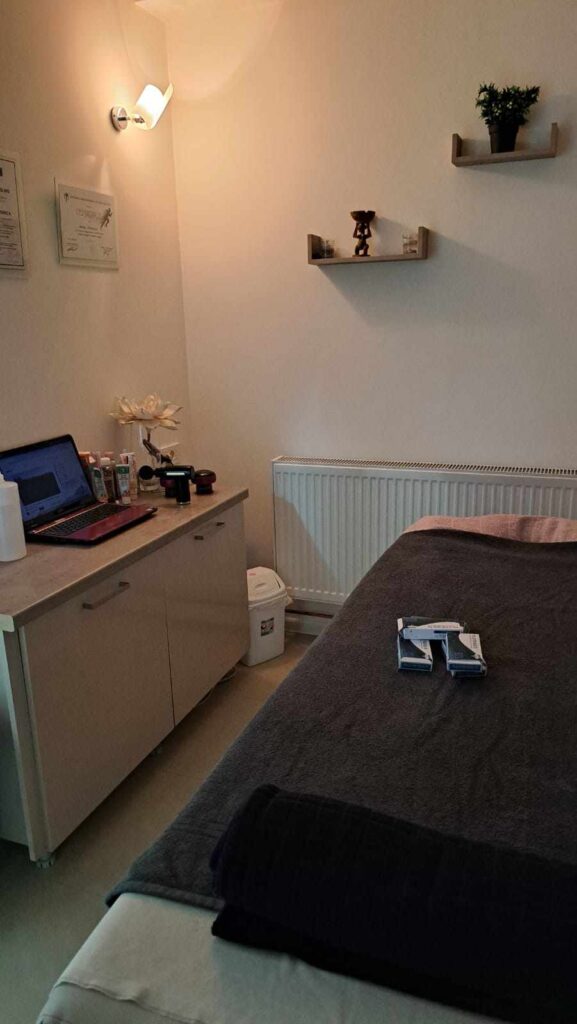
Key Components of the Diabetes Management Kits
The diabetes management kits distributed as part of Project “The Cure” included:
- Cycling Guide/Educational Materials: A detailed guide on how to integrate cycling into daily routines, tailored for individuals with Type 2 diabetes, providing information on diabetes management, the benefits of physical activity, and tips for maintaining a healthy lifestyle.
- Nutritional Guide: Information on a balanced diet to complement physical activity and enhance diabetes management.
- Pill Boxes: Specially designed pill boxes to help individuals manage their time effectively. These pill boxes are user-friendly, with advisory cards and reminders.
Distribution to Stakeholders and Institutions
The distribution of these kits was strategically planned to maximize impact and ensure that the resources reached those who needed them most. Key recipients included:
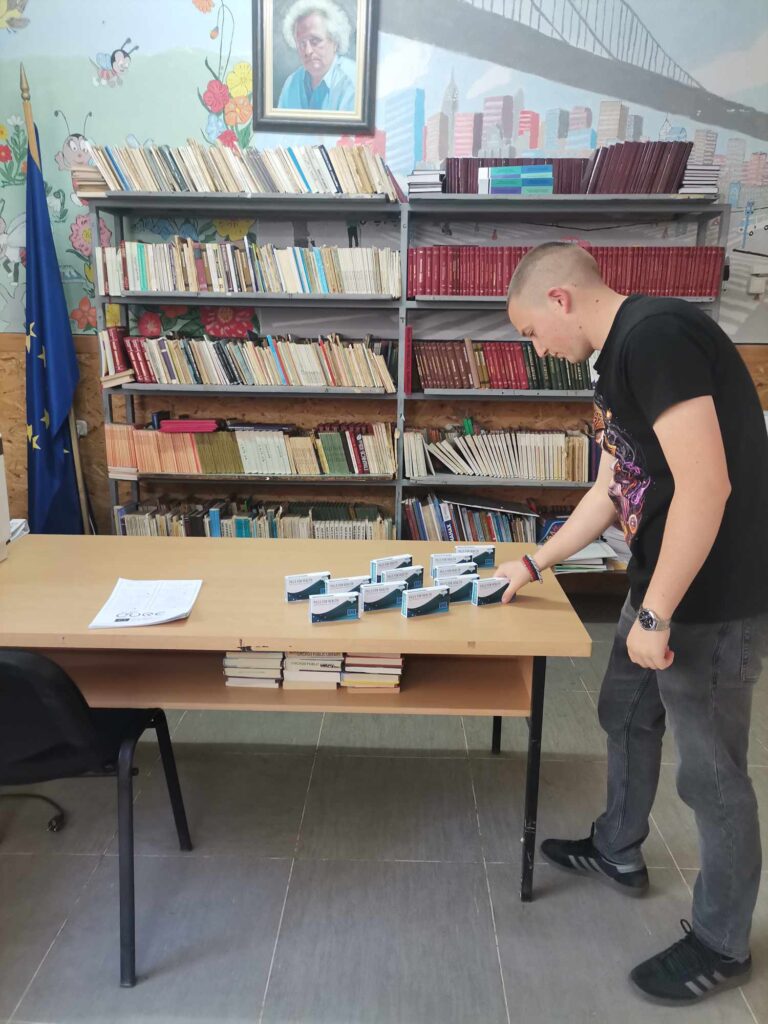
The distribution of diabetes management kits, including the innovative pill boxes, marks a significant achievement in Project “The Cure.” By providing practical tools and educational resources, the project has extended its impact beyond its initial scope, empowering individuals and institutions to better manage Type 2 diabetes. This initiative not only underscores the success of Project “The Cure” but also sets a precedent for future health and wellness projects aimed at combating chronic diseases through lifestyle interventions.